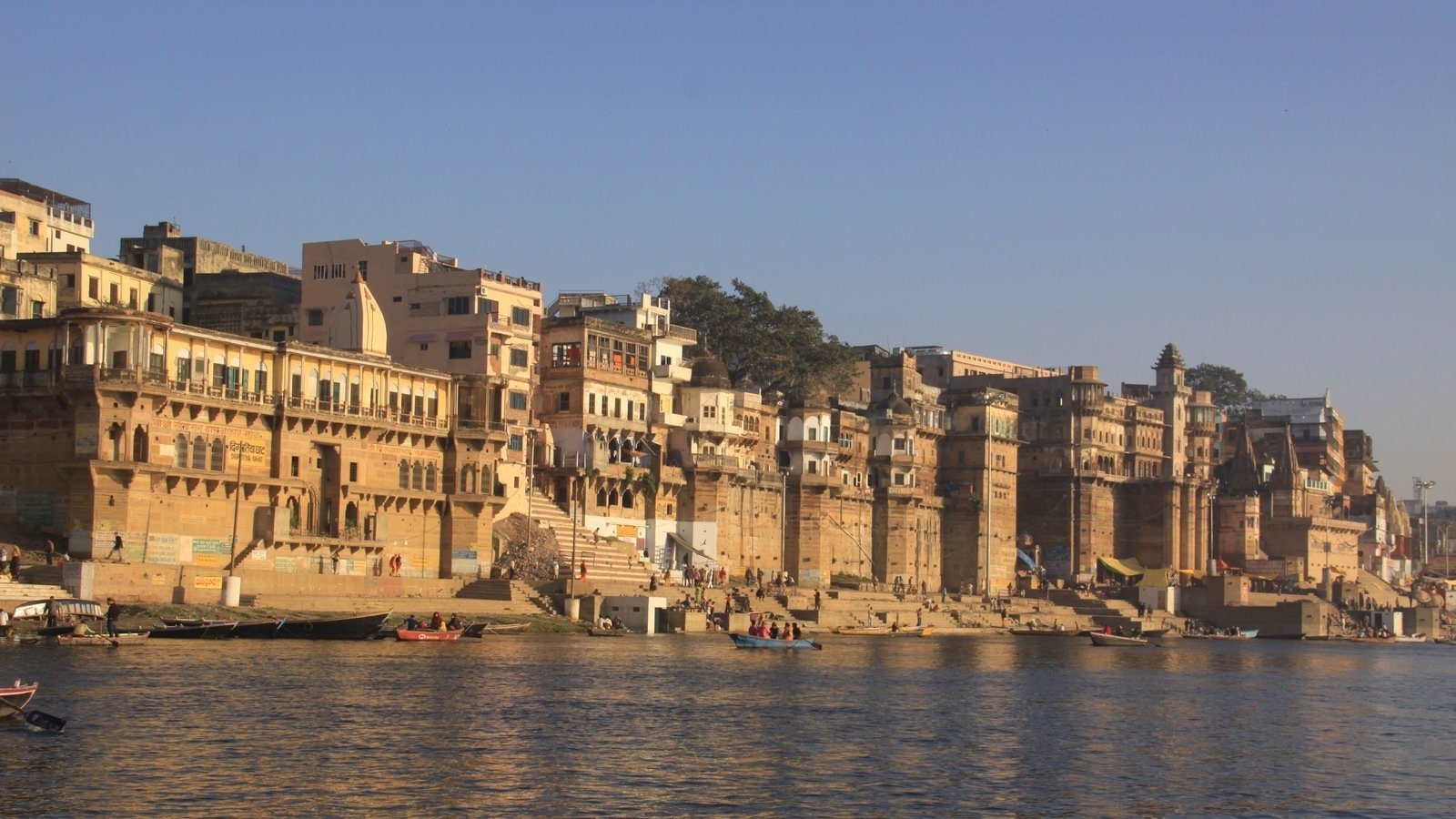Varanasi Tour Guide: Where the Gods Live
Welcome to Varanasi, one of the world’s oldest and most spiritually significant cities. Located on the banks of the holy Ganges River, Varanasi, also known as Kashi or Banaras, is a city where the divine and the earthly converge in a timeless dance of rituals, culture, and spirituality. As a major pilgrimage destination for Hindus and a beacon of ancient tradition, Varanasi offers a profound travel experience that delves deep into India’s spiritual and cultural heritage. In this guide, we’ll take you through the must-see attractions, experiences, and tips for exploring this sacred city.
1. The Spiritual Heart of Varanasi
Ganga Aarti at Dashashwamedh Ghat
One of the most iconic experiences in Varanasi is witnessing the Ganga Aarti, a mesmerizing evening ritual performed at Dashashwamedh Ghat. As the sun sets, priests perform this elaborate ceremony involving fire, mantras, and offerings, creating a deeply spiritual atmosphere. Arrive early to secure a good viewing spot and be prepared for a breathtaking display of devotion and ritual.
The Ghats of Varanasi
Varanasi is renowned for its ghats, which are sacred steps leading down to the river. Each ghat has its own unique significance and history:
- Manikarnika Ghat: The most famous cremation ghat, where the sacred rites are performed. It’s believed that dying here grants liberation from the cycle of rebirth.
- Assi Ghat: Located at the southern end of Varanasi, this ghat is popular for its lively atmosphere, yoga sessions, and local cafes.
- Harishchandra Ghat: Another important cremation ghat, known for its ancient rituals and historical significance.
2. Temples and Spiritual Sites
Kashi Vishwanath Temple
Dedicated to Lord Shiva, the Kashi Vishwanath Temple is one of the twelve Jyotirlingas and a major pilgrimage site. Its golden spire is visible from afar, and the temple complex is a hive of activity with devotees and priests engaging in daily rituals.
Sankat Mochan Hanuman Temple
A revered temple dedicated to Lord Hanuman, known for its vibrant atmosphere and the belief that prayers made here are answered. It’s a place where you can witness traditional worship and connect with local spirituality.
Tulsi Manas Temple
Built in honor of the great poet-saint Tulsidas, who composed the Ramcharitmanas here, this temple is noted for its beautiful marble walls inscribed with verses from the epic.
3. Cultural and Historical Attractions
Banaras Hindu University (BHU)
One of India’s oldest and most prestigious universities, BHU is known for its sprawling campus and the Bharat Kala Bhavan museum. The museum houses a vast collection of art, sculptures, and historical artifacts from the region.
Ramnagar Fort
Situated on the opposite bank of the Ganges, this fort is the ancestral home of the Maharaja of Varanasi. It’s an intriguing place to explore, with its historical exhibits and royal artifacts.
Sarnath
Just a short drive from Varanasi, Sarnath is a significant Buddhist site where Gautama Buddha delivered his first sermon after attaining enlightenment. Visit the Dhamek Stupa and the Sarnath Archaeological Museum to learn about the rich Buddhist heritage.
4. Experiencing the Local Culture
Traditional Varanasi Cuisine
Don’t miss the chance to sample local delicacies:
- Kachori: Spiced lentil-filled pastries, often enjoyed with tamarind chutney.
- Chaat: A variety of savory snacks, perfect for a quick bite.
- Banarasi Paan: A unique local preparation of betel leaves, known for its aromatic flavors.
Shopping and Souvenirs
Varanasi is famous for its silk weaving tradition. The city’s silk sarees, especially the Banarasi sarees, are renowned for their intricate designs and craftsmanship. Explore the local markets for beautiful textiles, brassware, and religious artifacts.
Boat Ride on the Ganges
A boat ride on the Ganges offers a unique perspective of the city and its ghats. It’s an opportunity to witness the daily rituals performed by devotees and to appreciate the tranquil beauty of the river at sunrise or sunset.
5. Practical Tips for Visiting Varanasi
Best Time to Visit
The ideal time to visit Varanasi is from October to March when the weather is cooler and more comfortable. Avoid the peak summer months (April to June) due to high temperatures.
Dress Modestly
As a sacred city, it’s important to dress modestly, especially when visiting temples and religious sites. Cover your shoulders and knees, and remove your shoes before entering temple premises.
Stay Hydrated and Safe
The climate in Varanasi can be quite hot and dry, so stay hydrated and use sunscreen. Be cautious with street food and opt for bottled water to avoid any stomach issues.
Respect Local Customs
Show respect for local customs and practices, particularly during religious ceremonies. Follow the guidance of local guides and temple authorities to ensure a respectful and meaningful experience.
Conclusion
Varanasi is a city where ancient traditions and spiritual practices blend seamlessly with daily life. Its ghats, temples, and cultural landmarks offer a deep dive into India’s spiritual and historical heritage. Whether you’re exploring sacred sites, experiencing vibrant rituals, or simply soaking in the atmosphere, Varanasi promises an unforgettable journey into the heart of where the divine and the earthly meet.
Ready to explore the timeless beauty of Varanasi? Contact Sneakout Travels today to plan your spiritual journey and immerse yourself in the sacred city where the gods live!



